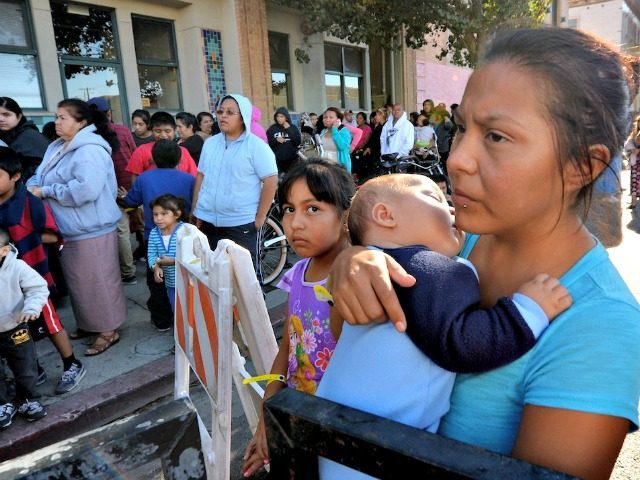Total participation in the Women, Infant, and Children (WIC) welfare program is at its lowest level in 24 years, according to the latest data provided by the U.S. Department of Agriculture (USDA).
The data shows that overall WIC participation among women, infants dropped to 6,829,495 in March 2018, its lowest level since 1994 when 6,477,000 participated in the program.
Federal government spending on WIC also hit its lowest level in ten years. In March 2018, the federal government spent $39.67 per WIC recipient, according to the USDA data.
The last time the government spent less money on each WIC recipient was in 2007 when it spent an average of $39.04 for each WIC recipient.
WIC is a government grant-funded welfare program that provides food assistance to pregnant and nursing women, infants, and children up to five years of age, according to the USDA.
The program, which primarily focuses on nutrition, began as a pilot program in 1972 under the Nixon administration and became a permanent fixture of the U.S. welfare system in 1974.
Most WIC programs are administered through individual states, which hand out vouchers that can be used to purchase food at participating retailers.
Total participation in the WIC program went up every year since its inception until 2011, when participation in the program began declining due to a decrease in birth rates and an improvement in the U.S. economy since the 2008 recession.
Trump’s latest push to get off entitlement reforms might drive these numbers down even further, especially as the Trump administration released an executive order April aiming to reform welfare. The order aimed to increase investment in workforce development programs and require the USDA to issue updated requirements for receiving benefits such as WIC and food stamps.

COMMENTS
Please let us know if you're having issues with commenting.